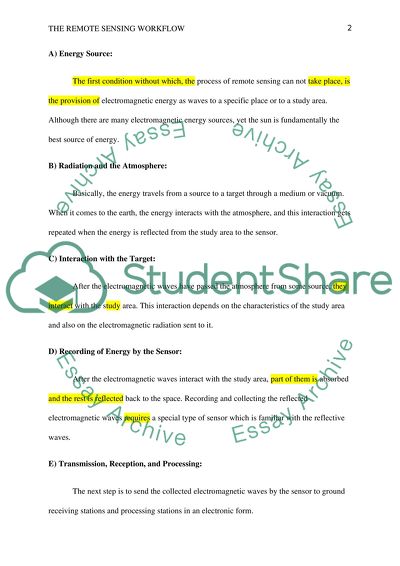Cite this document
(Remote Sensing Workflow Essay Example | Topics and Well Written Essays - 1500 words, n.d.)
Remote Sensing Workflow Essay Example | Topics and Well Written Essays - 1500 words. https://studentshare.org/technology/1571467-remote-sensing
Remote Sensing Workflow Essay Example | Topics and Well Written Essays - 1500 words. https://studentshare.org/technology/1571467-remote-sensing
(Remote Sensing Workflow Essay Example | Topics and Well Written Essays - 1500 Words)
Remote Sensing Workflow Essay Example | Topics and Well Written Essays - 1500 Words. https://studentshare.org/technology/1571467-remote-sensing.
Remote Sensing Workflow Essay Example | Topics and Well Written Essays - 1500 Words. https://studentshare.org/technology/1571467-remote-sensing.
“Remote Sensing Workflow Essay Example | Topics and Well Written Essays - 1500 Words”. https://studentshare.org/technology/1571467-remote-sensing.


